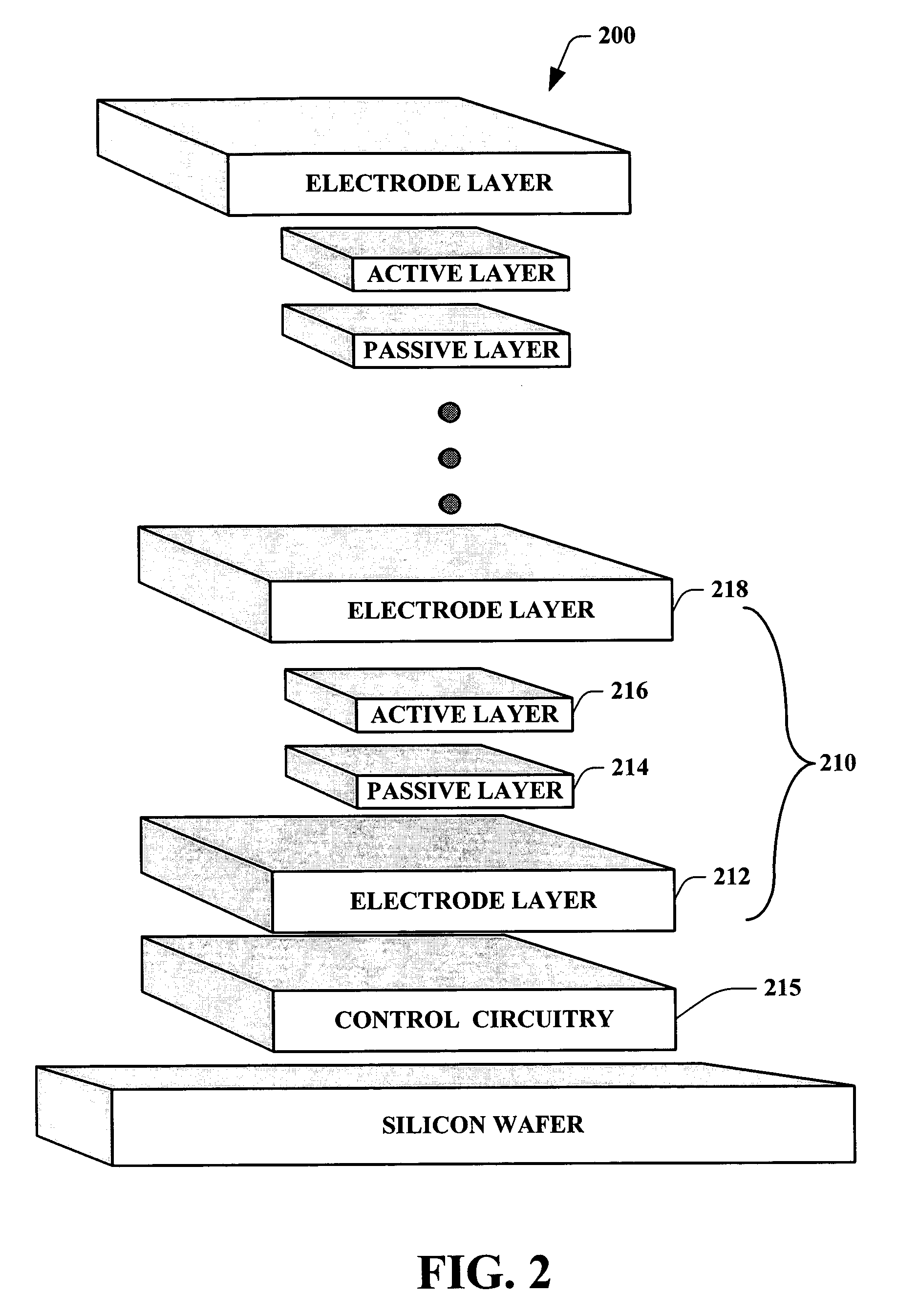Three dimensional polymer memory cell systems
a memory cell and polymer technology, applied in semiconductor devices, semiconductor/solid-state device details, electrical devices, etc., can solve the problems of sensitivity to alignment tolerance, volatile memory cells usually lose information, and slowness of other types of storage devices, so as to facilitate the migration of charges and increase the amount of die space available for circuit design.
- Summary
- Abstract
- Description
- Claims
- Application Information
AI Technical Summary
Benefits of technology
Problems solved by technology
Method used
Image
Examples
Embodiment Construction
[0022]The present invention is now described with reference to the drawings, wherein like reference numerals are used to refer to like elements throughout. In the following description, for purposes of explanation, numerous specific details are set forth in order to provide a thorough understanding of the present invention. It may be evident, however, that the present invention may be practiced without these specific details. In other instances, well-known structures and devices are shown in block diagram form in order to facilitate describing the present invention.
[0023]Referring initially to FIG. 1, a perspective diagram of a system 100 is depicted, which is formed on a wafer surface 102, from blocks of individual polymer cells 110 positioned on top of each other to form stacked group 120. Such stacked group 120 can comprise N number of memory cells (N being an integer), programmable via control component (e.g. circuitry 105). Stacking memory cells according to the present inventi...
PUM
 Login to View More
Login to View More Abstract
Description
Claims
Application Information
 Login to View More
Login to View More - R&D Engineer
- R&D Manager
- IP Professional
- Industry Leading Data Capabilities
- Powerful AI technology
- Patent DNA Extraction
Browse by: Latest US Patents, China's latest patents, Technical Efficacy Thesaurus, Application Domain, Technology Topic, Popular Technical Reports.
© 2024 PatSnap. All rights reserved.Legal|Privacy policy|Modern Slavery Act Transparency Statement|Sitemap|About US| Contact US: help@patsnap.com










